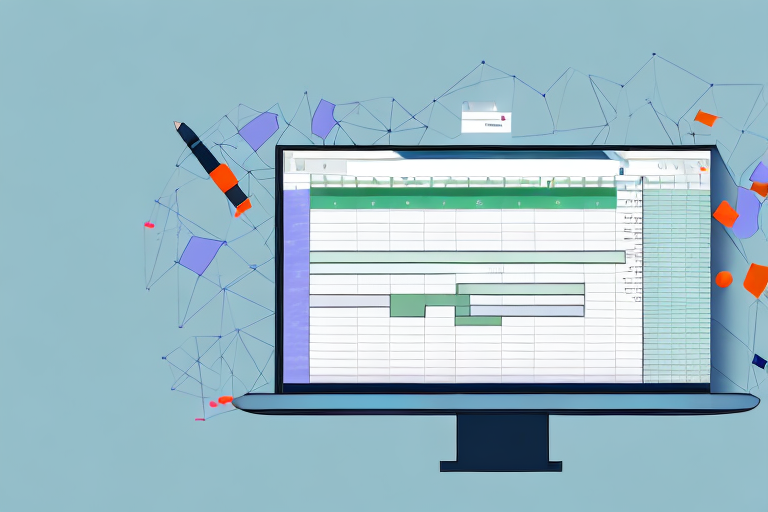As an FP&A specialist who has supported multiple successful eight- and nine-figure fundraising efforts through financial modeling and pitch deck development, I’ve learned firsthand the nuances that separate founders who get funding from those who leave the table empty-handed. To present a convincing case, founders must show that they’re effectively balancing risk and responsibility by demonstrating that they have thoroughly evaluated the consequences of every decision.
While it’s understandable that founders want to project optimism when they’re pitching investors, ignoring challenges can damage the trust they need to build with potential funders. Venture capital firms are quickly turned off by implausibly positive financial forecast assumptions, such as overly generous market share predictions or unrealistic unit economics. What they want to see are model assumptions that have been tested and validated.
That’s especially important when capital is scarce. In 2023, raising money has been particularly tough for startups, with global funding diving to $76 billion in the first quarter, a 53% decrease from the $162 billion recorded in the same quarter of 2022, according to Crunchbase. What’s more, in the same period, every funding stage experienced a steep decline of around 44% to 54%. These figures suggest that venture capital firms are growing more risk-averse. The best response to this trend is to exhibit strong fundamentals and provide persuasive evidence of viability through sensitivity analysis.
What Is Sensitivity Analysis?
Sensitivity analysis, also called what-if analysis, measures the effects of changing inputs in a mathematical model. In a financial model, sensitivity analysis can reveal the inputs with the greatest impact on a business, and help managers develop KPIs and strategies to monitor and address changes in those areas of the business. For instance, if variables such as market size, unit cost, price, or sales volume were to change, how might that affect financial performance—and which one has the biggest impact?
In my experience, founders can sometimes confuse sensitivity analysis and scenario analysis. While both practices evaluate the impact of changes on business models, they’re not the same.
Sensitivity analysis typically focuses on the one or two most important variables in a business model—that is, the ones that will generally cause the largest degree of change, depending on the industry and how the model is built. For example, you might want to sensitize sales price per square foot in a real estate development model, customer churn rates in a subscription-based model, or product mix in a manufacturing model.
Scenario analysis, on the other hand, is used to measure how businesses perform with variations in macro factors that influence the whole organization or an entire business unit. Scenario analysis would be appropriate for evaluating the probable impact of a recession or changing industry regulations—two situations that have a significant effect on a company’s performance even if some key variables and assumptions remain the same.
Sensitivity analysis is one of the most helpful ways a founder can calm investors’ nerves, because it provides them with a view of the margin of safety associated with their investments. If an investor is using a minimum internal rate of return (IRR) as one of their investment qualification metrics, for example, sensitivity analysis can easily demonstrate how significantly the forecasted performance would need to change before the investment fell below the minimum IRR.
From an investor’s perspective, knowing that an investment can still achieve the minimum IRR over the life of the investment despite a 10% drop in sales volume, for instance, gives additional credibility to the founder, the model, and the management team. In this case, even if a prospective investor disagrees with some of the growth prospects and assumes sales will be only 95% of the forecast, they can know that the investment is still a viable one.
Now let’s take a deeper look at the many things sensitivity analysis can help you do to impress potential investors—and benefit your company.
Understand How Small Changes in Assumptions Drive Big Changes in Value
When you’re building projections over long periods, say five to 10 years, small changes in the financial model’s underlying assumptions can cause large changes in the growth of cash flows and valuation. In the first table we can see how significantly small changes in assumed unit sales growth and revenue per sale can impact profitability and cash flows for a retail company.
Identify What Is Most Significant
Sensitivity analysis enables organizations with well-constructed business and financial models to pinpoint and communicate pivotal assumptions. I can’t overemphasize what profound implications this can have for you as a startup founder—not only from a strategic perspective, but also from a fundraising perspective. Not every startup founder can confidently tell investors that they know which assumptions will have the most significant impact on cash flow, and be able to quantify the change in cash flow for every percentage point change in the relevant assumption. When you walk into a pitch meeting with this information in hand, you reassure investors that you’ve thought thoroughly and concretely about the future of the business—and their equity.
Let’s look at this in practice using our earlier retail company example. Starting with the assumptions in Table 1, the model forecasts 10% unit sales growth in Year 1. But how sensitive are cash flows to that assumption versus other assumptions? The following sensitivity analysis tables show how sensitive the present value of future cash flows is to changes in three assumptions that could have significant impacts: unit sales growth, wages paid per unit sold, and annual rent escalations.





